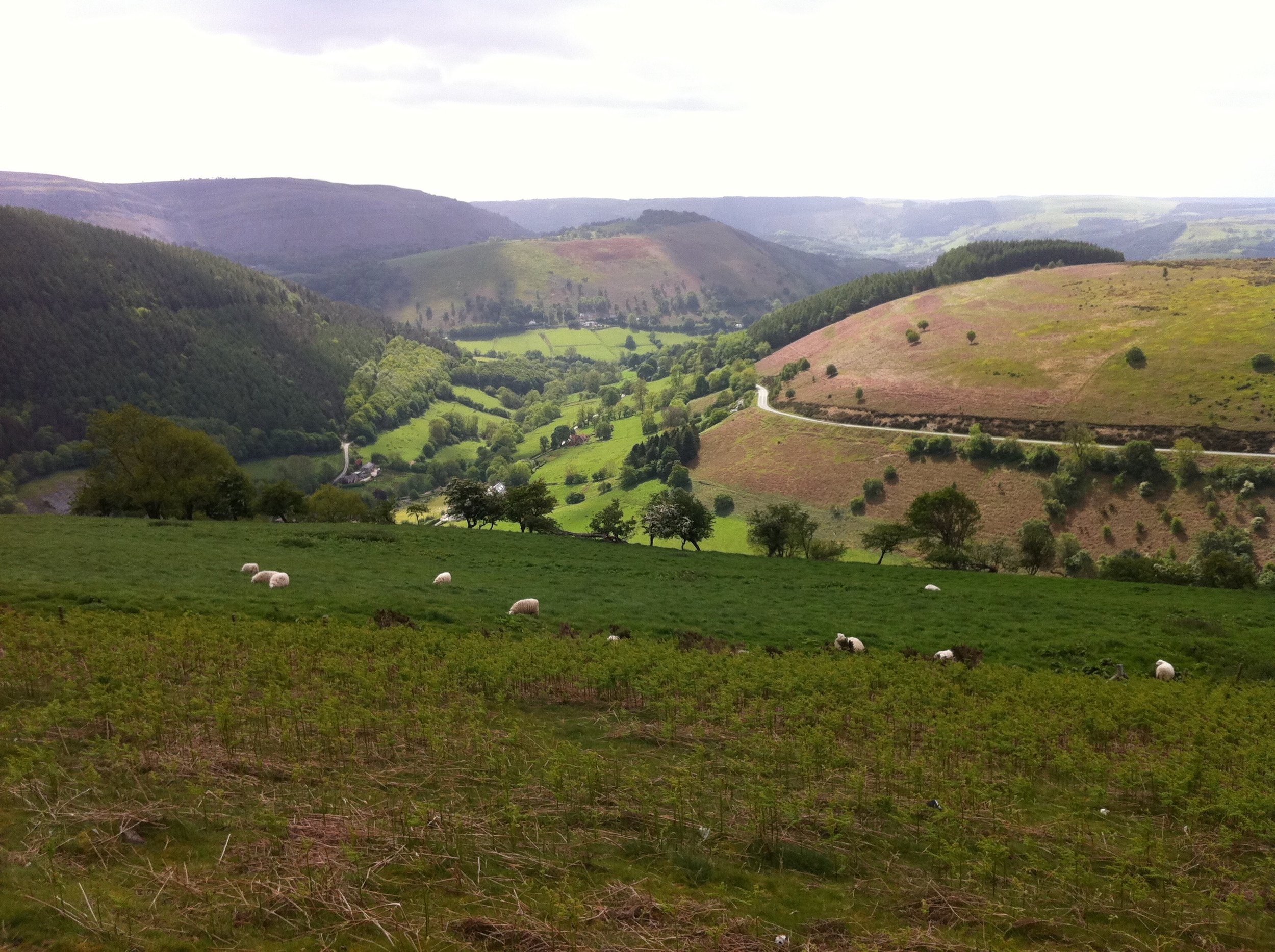Landscape and setting
You can ‘read’ the history of your town through its location and its relationship with the landscape. Many places are intimately connected with their landscape and have, for a long time, worked in harmony with the land. Some places were located on dominating hillsides for defence, or to control important routes or river crossings. In the industrial period, settlements were often built close to resources that could be exploited, such as coal or precious metals. For instance, agriculture continues to play an important role in rural Wales, maintaining the landscape while also forming part of the identity of many rural communities. Landscape also benefits wildlife, can improve air quality and offers access to nature.
You can describe the natural setting of your place and its relationship with the wider landscape using maps and photographs. Natural Resources Wales produce Interactive Maps which are available free and can provide further background information for your study.
Questions to consider:
What is the landscape like and how has it shaped your place?
Is there a river, coastline, canal or other watercourse? Is there risk of flooding?
Are there Areas of Outstanding Natural Beauty around your place?
Where are the best places to get views of your place? What do you see?
What opportunities are there for people to experience nature?
Are there any landscapes at risk? For example, from climate change, flooding, water runoff or deforestation?
-
• What landscape character area is your place part of? Natural Resources Wales National Landscape Character Areas (NLCA)
• Find all the areas of outstanding natural beauty in Wales: Areas of Outstanding Natural Beauty (AONB)
• Are there registered landscapes of outstanding and special interest? The Registered Landscapes of Outstanding and of Special Interest in Wales

